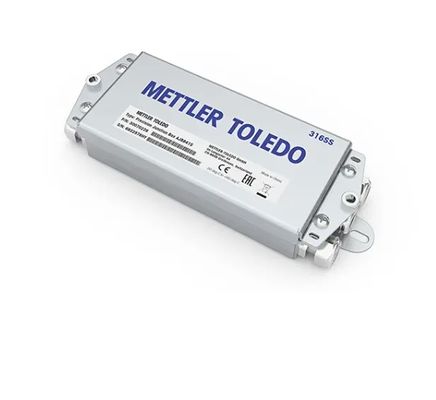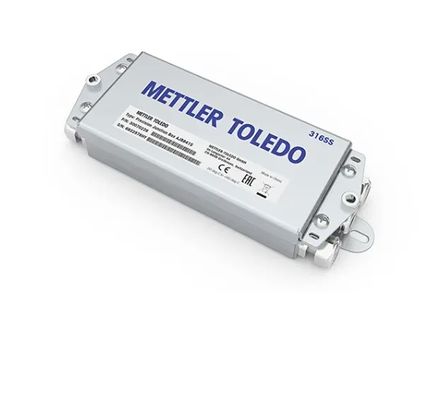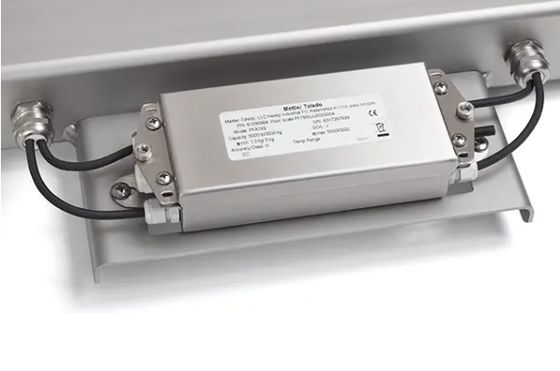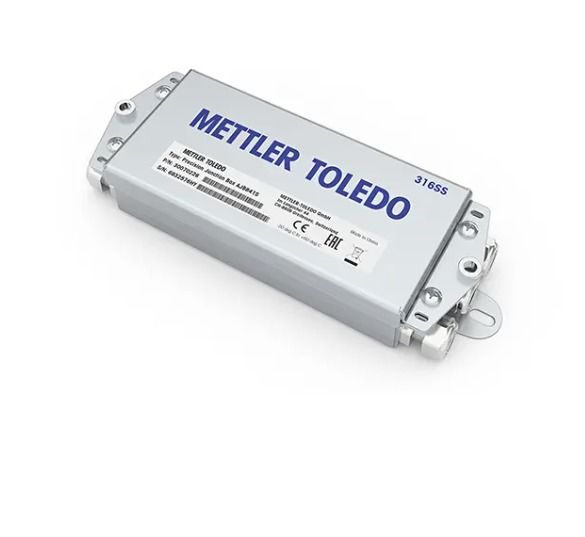Design, Function, Integration of Junction Boxes in Electrical Signal Systems
Product Specifications
| Attribute |
Value |
| Product |
Mettler Toledo Load Cell |
| Advantages |
Discrete resistors provide high accuracy and long-term connection |
| Hazardous Approvals |
ATEX, FM, cFM |
| Capacity Range |
SLD425/SLD525 load cells is 1,000 lb to 75,000 lb |
| Material |
Rugged 316 stainless steel and FDA-certified stainless steel |
| Optional Materials |
Polyamide (Nylon), carbon steel (zinc plated), or stainless steel |
| Features |
Long-term stability and easy installation features |
Key Features and Benefits
Quick, Simple Connection: The junction box enables the quick and safe integration of multiple analog load cells into any machine for weighing. METTLER TOLEDO offers precision junction boxes for hazardous areas with ATEX and IECEx certification and for food and pharmaceutical applications where EHEDG design rules are followed and with GMP and NSF certification.
Critical Considerations for Accuracy: The junction box is an analog component where voltage changes of as little as 0.1 µV can be significant. METTLER TOLEDO's precision junction boxes are inherently robust to temperature changes, offer excellent long-term stability, and can correct corner-load errors while reducing installation time.
Durable Construction: Precision junction boxes combine IP67 or IP69K stainless-steel enclosures with electrical components that deliver high accuracy and stability. Available in either 304 (1.4301) or 316 (1.4401) stainless steel.
Discrete Resistors for Stability: Precision discrete resistors provide superior immunity to temperature and humidity effects compared to trim-pots. Rotary switches select arrays of precision resistors for easy correction of corner errors, offering the same ease of use without the inherent sensitivities of trim-pots.

Frequently Asked Questions
What is a load cell junction box?
A load cell junction box is an enclosure designed specifically for use with load cells, which measure weight or force. It connects multiple load cells together to create an accurate weighing system. The box contains electrical connections to transmit signals from the load cells to a central computer or control system, and may include amplifiers or filters to ensure accurate, reliable signals.
How do load cell junction boxes affect the performance of a scale?
The junction box is critical to performance in scales using multiple analog load cells. It affects accuracy due to temperature effects, long-term stability, and corner-load adjustment. METTLER TOLEDO junction boxes provide unique stability and easy installation features, using precision discrete resistors with tight temperature specifications instead of trim potentiometers. All METTLER TOLEDO load cell junction boxes function with weightless calibration (CalFree™).
How can a junction box affect scale accuracy?
Load cell junction boxes combine discrete resistors for high accuracy and long-term connection with rotary switches that provide a simple user interface similar to trim pots, but without their weaknesses.
What material are junction boxes made of?
METTLER TOLEDO load cell junction boxes are made of rugged 316 stainless steel and FDA-certified stainless steel. Cable entry fittings are available in polyamide (Nylon), carbon steel (zinc plated), or stainless steel to meet different requirements and budgets.
How does a load cell summing box work?
Load cell summing boxes (more accurately called averaging boxes) connect multiple load cells to one signal read by the indicator. They provide the average of all load cell signals rather than a sum (e.g., a box connected to 4x 50kg 2mV/V load cells provides 2mV/V at 200kg, not 8mV/V).

 Your message must be between 20-3,000 characters!
Your message must be between 20-3,000 characters! Please check your E-mail!
Please check your E-mail!  Your message must be between 20-3,000 characters!
Your message must be between 20-3,000 characters! Please check your E-mail!
Please check your E-mail! 




